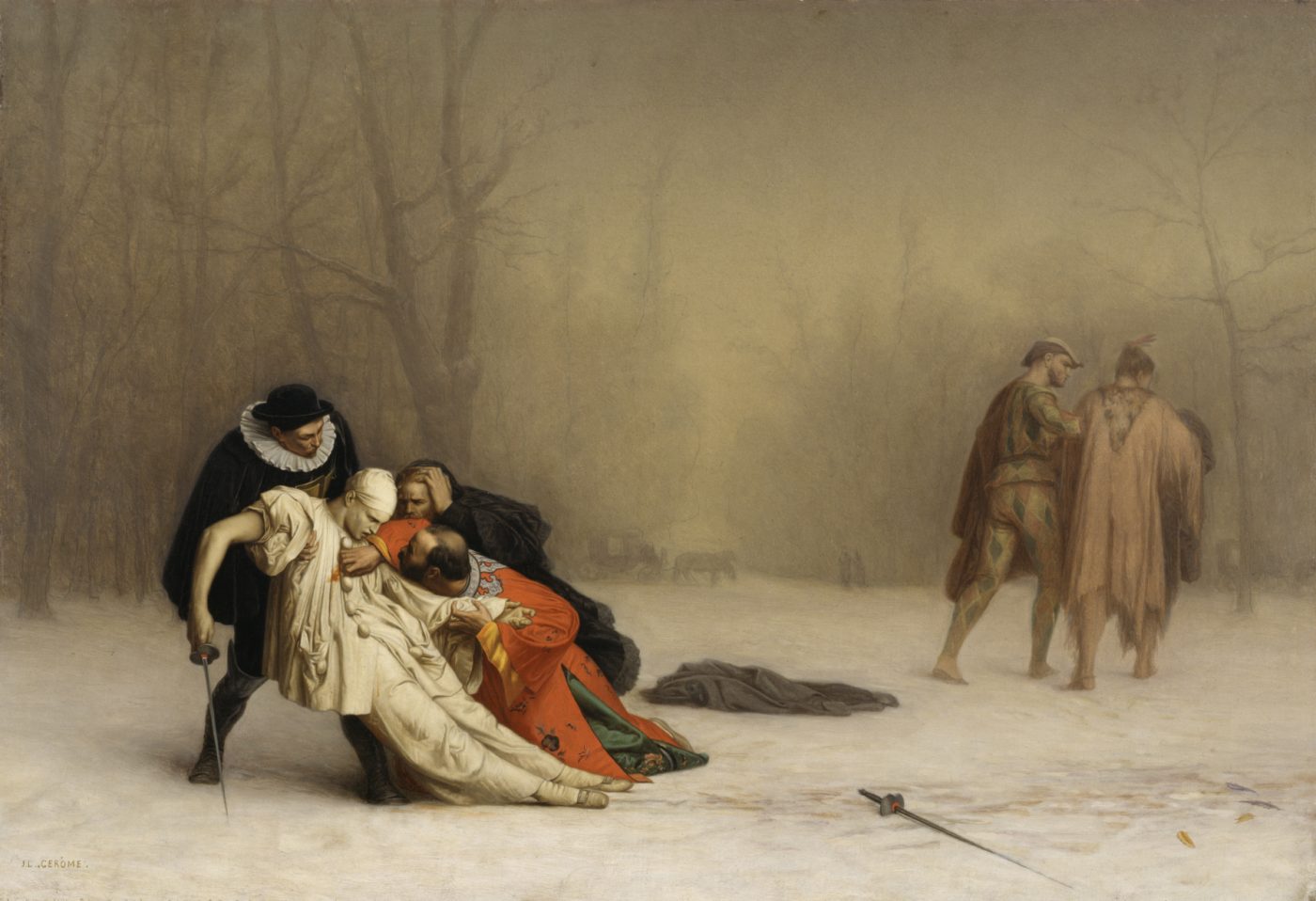The Fires of Vesuvius ~ A Capsule Book Review by Allen Kopp
During the early Christian era and for hundreds of years before, Pompeii was a thriving seaside town of 20,000 people or so, about 150 miles southeast of Rome. In the year 79 AD (or BCE), the volcanic mount Vesuvius erupted and literally buried the town alive under layers of pumice and volcanic debris. Scholars had known of the existence of Pompeii from written records, but the town itself wasn’t “rediscovered” until the 1700s, at which time archaeologists began the painstaking job of digging it out bit by bit. (Excavation continues to this day, 250 years later.) Since the town hadn’t been touched for all those centuries, its streets, temples, houses, paintings, etc., were remarkably well preserved. It gave the world a chance to know a lot more about a long-lost period in history than had been previously been known.
The Fires of Vesuvius by Mary Beard is an exhaustively detailed account of what the ruins and artifacts teach about what life was actually like in the Pompeii of two thousand years ago: how people lived (bad teeth, no toothbrushes), what their dwellings were like (those made of wood mostly don’t remain except for nails and fittings), how they navigated about town (one-way streets), how they got water into their homes (a fairly sophisticated system of “running” water that not everybody could get), how and what they ate (a fairly healthy diet of fruits and vegetables; cooking utensils and ovens for baking bread remain), how they made a living (farmers in the immediate vicinity around the town; shopkeepers, fullers and small-business owners in the town), what they did for entertainment (plays and gladiatorial games), how and who they worshipped (many gods to choose from; few or no signs of Christianity at the time of the eruption), what their political structure was like (only the rich could stand for office because they were expected to use their money to benefit the public in some way), what they wore (not so many togas), what artwork they admired (phallic symbols carved everywhere, meaning prosperity and good fortune), how they buried their dead (on the roads outside of town, elaborate memorials for the cremated remains of the rich; barely a hole in the ground for the poor), where they went to take a bath (elaborate public baths with little or no sanitation; sometimes turds floating in the water), and in some cases, their private thoughts expressed in “graffiti” that is everywhere in the town. The people of Pompeii were apparently a fairly literate bunch, and they took advantage of the quaint custom of writing their thoughts and feelings on walls or wherever they happened to be, much of which survives. Thankfully this custom has mostly died out. I, for one, don’t want to have to look at scribbled writing on every surface, which, I’m sure, would be unbelievably ugly.
Readers who have more than just a passing interest in Pompeii, or those who plan to go there, will find plenty in The Fires of Vesuvius to recommend it. The casual reader will probably be put off by the dense text (although it isn’t that difficult to absorb) and the wealth of minute detail, more than the average person reading for pleasure is going to want to know. If, however, you are a student of archaeology or are writing a research paper, this book will prove to be a valuable storehouse of information.
A tiny footnote that I found interesting that I hadn’t known before: During World War II, the Allies, in bombing Italy to subdue Il Duce, destroyed parts of the ruins of Pompeii. Whether this was deliberate or accidental isn’t stated. The irony is that some of the ruins had to be reconstructed to make them look the way they did before the bombing.
Copyright © 2014 by Allen Kopp

